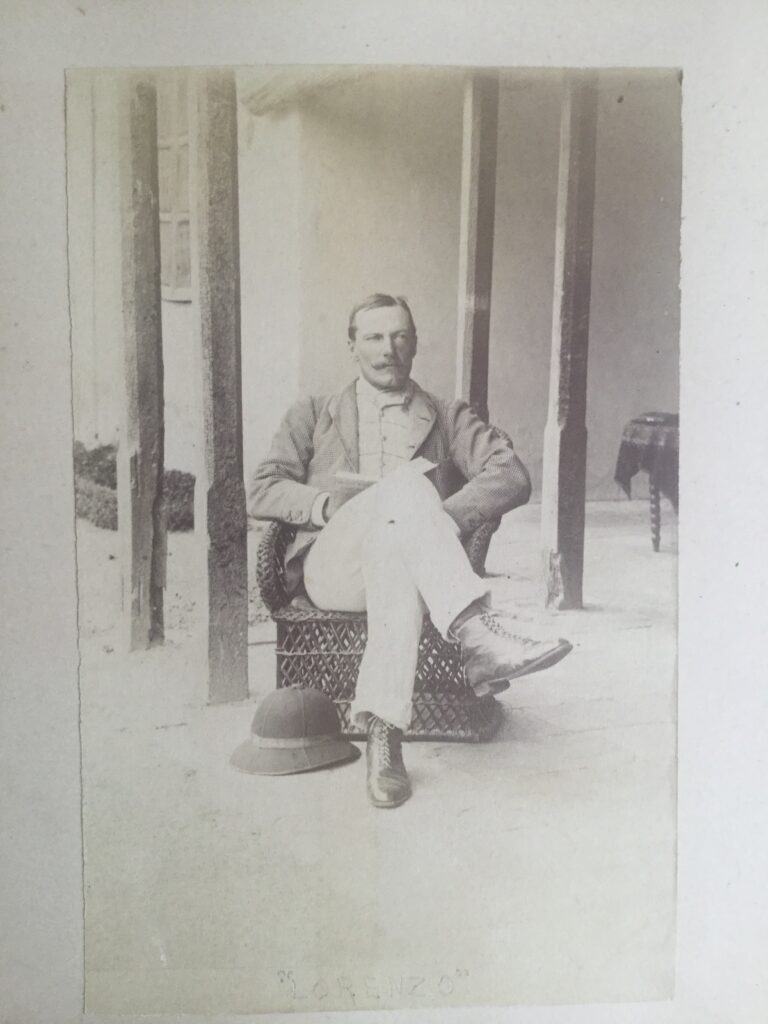Heads must have turned when a chauffeur driven Rolls Royce Silver Cloud pulled up in front of the War Office on a December morning in 1914.
The young man who stepped out was just over fifteen years old! Dressed in a black silk top hat, Alfred Davis looked older than his teenage years and must have cut an impressive figure. He was there to meet Sir George Arthur, personal secretary of Lord Kitchener, Secretary of State for War. Alfred wanted to obtain a commission to become an officer. If successful he would become one of the youngest officers in the British army.
This is the remarkable story of Alfred Davis. He survived two major battles and many months of trench warfare. Any lack of experience was more than outweighed by his extraordinary resilience.
How Alfred defied the rules and endured the ordeal of the Western Front is described in this article. ‘A Lieutenant at Fifteen’ published in the journal of the Western Front Association, Stand To No 117 (February 2020).



